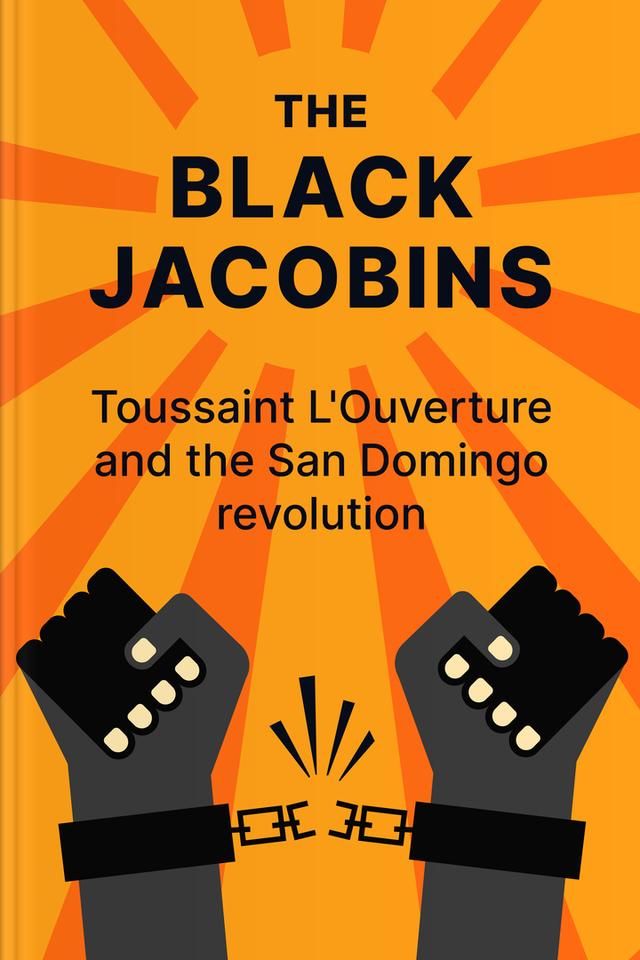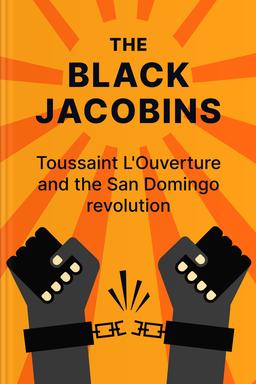You’ll learn
- How a small colony changed the world
- How the enslaved people of Haiti defeated their oppressors
- Why colonists kidnapped Africans for centuries
- How colorism emerged
russia has launched a full-scale war in Ukraine. Donate to support Ukraine and protect the world’s peace.

first KEY POINT
The arrival of Europeans in the “New World” irrevocably altered history, ushering in an era of global transformation. This watershed moment paved the way for unprecedented economic growth, technological progress, and groundbreaking scientific advancements. However, European encounters with the Americas had a dark side, including enslavement and genocide of indigenous peoples.Christopher Columbus famously set foot on the Caribbean islands in 1492. He established the first European settlement on the island of Hispaniola, now shared between Haiti and the Dominican Republic. Over the next 15 years, the native population of the island dramatically reduced from half a million to 60,000 people.One of the colonists and a close advisor to the king, a priest named Bartolomé de las Casas, was appalled by the atrocities. Although the priest regretted this decision later in life, he suggested capturing African and white people in hopes of halting the decimation of indigenous American peoples. As a result, King Charles V launched the transatlantic slave trade.However, the white enslaved people were not as robust and could not stand the harsh tropical climate. Consequently, millions of Africans were forced to leave their home.This summary will help you better grasp the tragedy of the slave trade. Yet, you will also learn more about incredible warriors who courageously fought for freedom and changed history. You will discover how the revolution of Saint-Domingue (also known as the Haitian revolution) led to the establishment of the first independent state run by formerly enslaved people.
second KEY POINT
European colonizers and slave traders used various forms of propaganda to justify the enslavement of African people. However, their sole intention was to exploit vulnerable populations for their benefit.The atrocities began with the capture of individuals from their homes and communities. Once kidnapped, captives were forced to march long distances to the sea, often with heavy stones attached to them. The journey to the coast was grueling, and many died from exhaustion and dehydration.Their suffering continued on the ship. Enslavers crammed thousands of humans into small, unsanitary places, creating a perfect breeding ground for disease. Colonizers used extreme punishment, including mutilation and murder, to assert dominance. Therefore, many captives saw suicide as their only escape from the horrors.The brutal treatment of enslaved people did not end upon their arrival at the colonies. Rather, it continued to escalate, with Saint-Domingue serving as a prime example of this barbaric behavior. This French colony, located on the western part of Hispaniola (with the Spanish colony of Santo Domingo on the eastern part), was notorious for its cruelty and mistreatment towards its enslaved population.Purchasers used hot irons to brand their 'slaves,' marking them as property, and forced them to live in crude huts without windows and sleep on straw bedding. Constant overwork went hand in hand with severe underfeeding. The slightest mistake could result in unimaginable torture.And while Louis XIV signed the Code Noir to outlaw harsh treatment, the decree only worked on paper.

Continue reading with Headway app
Continue readingfirst KEY POINT
second KEY POINT
third KEY POINT
fourth KEY POINT
fifth KEY POINT
sixth KEY POINT
seventh KEY POINT
eighth KEY POINT